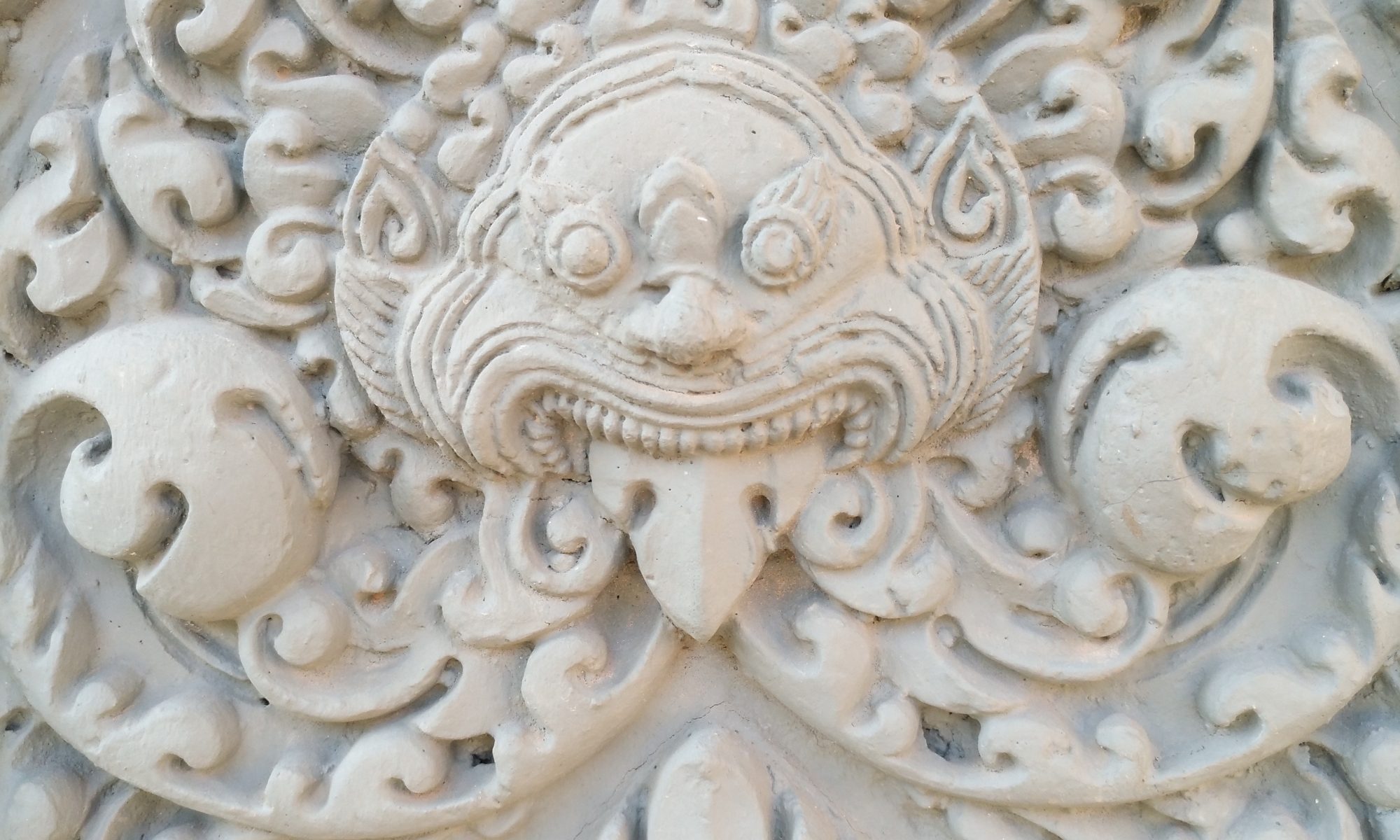Graphic designers have long been asking this question, “What is Malaysian identity?” It is natural to ask this question because nationality is often seen “as a basis of identity and community in contemporary history and society” (A.B. Shamsul, 2005, p. 42). However, if we delve deeper into this question, we would find that many things that one deems as uniquely Malaysian identity are also found in neighbouring countries throughout Southeast Asia, such as traditional arts and crafts such as batik, carvings, vernacular architecture and so on. In this sense we need to realise that we, Southeast Asians, share rich sources of art elements which we could derive from to enhance and reinforce as our cultural identity in modern day design.
In an effort to achieve a wider understanding of Malaysian identity and its relation to its regional neighbours, it is interesting to look at some unique features around us that we so often encounter but seldom take notice of. One of them is the naga, a Sanskrit word for serpent. In Hinduism, the naga is a serpent spirit or being that lives under the sea.
Many forms of the naga can be found in Southeast Asia although there are a few differences among the various nagas. For example, the Chinese dragon is the Chinese version of the naga and it has its history dating back at least 6000 years. Traditionally, the naga is found in most temples in Southeast Asia, be it in the Hindu or Buddhist religion.
In the modern context, one of the works of William Harald-Wong[1] rings a tune in uniting the Southeast Asian spirit. “Naga, the Serpent Spirit of Southeast Asia”, is an effort of William to educate the public and designers that we share a regional similarity. This exhibition, a photo-documentary project covering five Asian countries, was held in South Korea. It featured the various aspects of Southeast Asian cultures in photography.
When we are able to see that Southeast Asians share many art and design elements, we will recognise ourselves as one in region, not an isolated individual. The naga is just one of the many unique features that Southeast Asia possesses, among many more. If designers now and of the future continue to search, observe, explore, experiment and proudly apply ideas that are born out of Southeast Asian art, our identity will be even more apparent than it already is. And, who knows, through our colourful and ever-growing culture through globalisation, future designers might just be the ones who reshape and redefine the Southeast Asian identity.
[1] As an urban identity designer based in Kuala Lumpur, Malaysia, Harald-Wong consults on the shaping of distinctive Asian identities and physical living environments for new Asian cities, integrated urban mixed-use developments as well as for public and retail spaces in Malaysia and Vietnam. He also co-founded wREGA, the graphic design association in Malaysia (Source: ICOGRADA Design Week, 2010, online.)
Reference:
A. B. Shamsul, (2005). A Question of Identity: Knowledge and the Formation of Post-Colonial Nation-States in Asia, in Riaz Hassan (ed), Local and Global: Social Transformation in Southeast Asia, Dewan Bahasa dan Pustaka, Kuala Lumpur, p. 42.
Picture credits: Jinchi

